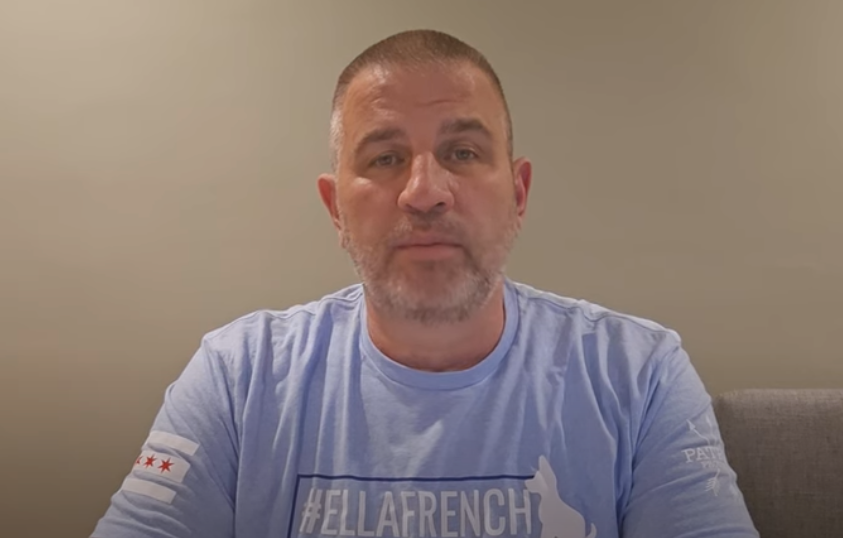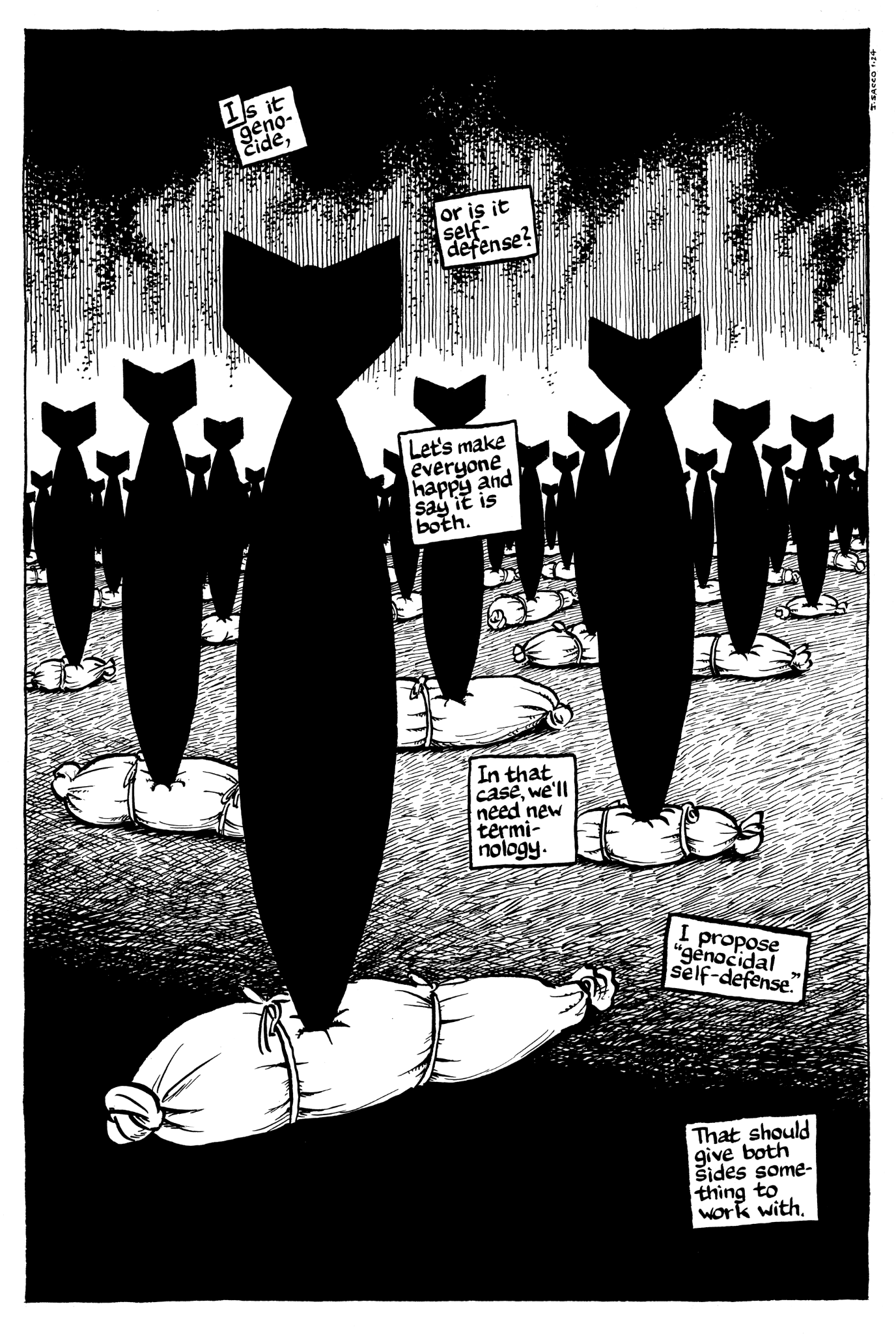Chicago Teamsters are Still Stuck in the Past

Photo: Joe Allen.
The Chicago Teamsters are, once again, disappointing those who still hope for a more progressive change in the political direction of the union. With the upcoming Tuesday, March 19th primaries for congressional and Cook County offices, the Chicago Teamsters are largely supporting the incumbent political establishment, opposing a referendum to combat homelessness, and, in the case of the race for Cook County State’s Attorney, supporting a stalking horse for rolling back criminal justice reform.
Teamsters Joint Council 25 (JC25), which acts as the umbrella organization for all of its twenty-five affiliated local unions in the greater Chicago area, represents over one hundred thousand workers throughout Illinois. JC 25 plays an important part in local, county, and statewide politics, and had a notorious reputation for corruption, and ties to organized crime in years’ past, along with supporting the worst political practices in Cook County. Last year I surveyed, the JC 25’s endorsements in the city council race, and found, not to my surprise, that they endorsed some of the worst aldermen for re-election on the city council.
New Leadership — Old Ways

Since then, there have been some changes in the leadership of JC 25. Terry Hancock was removed as president because of financial irregularities in his local union by Teamsters General President Sean O’Brien. JC 25 elected a new executive board and president earlier this year. Tom Stiede, of Teamster 703, was elected president. Teamsters 705, largest UPS affiliated local based in Chicago, for the time in many years is represented on its executive board by Juan Campos, its Secretary-Treasurer and an International Vice-President. It appears that JC 25 is now largely in the hands of those who supported the Sean O’Brien-Fred Zuckerman’s Teamsters United slate in the 2021 Teamster elections.
Despite some changes, the JC 25 remains pretty wedded to the old ways of doing things in their own unions and in city and county politics. For example, last year the largely immigrant, non-English speaking members of Tom Stiede’s Local had to overcome the retaliatory behavior of their employer, the Anthony Marano Company, a major produce distributor in the Chicago area, and the hostility of their union as over wage and working conditions documented by Labor Notes’ Luis Feliz Leon, here. With this kind of record, how is someone elected to a leadership position in the Chicago Teamsters?
While James T. Glimco, President of Local 777, whose grandfather, Joey Glimco, was a frightening figure in Chicago Outfit, is no longer on the executive board of JC 25, John Coli, Jr., Secretary-Treasurer of Teamsters 727, the son of convicted extortionist John T. Coli, was elected to the executive board. The grandfather of the Coli clan, Eco James Coli was a notorious labor racketeer. The Teamsters for a Democratic Union (TDU), the former reform group, posted several years ago, “The Colis have run the Teamsters in Chicago as a family business for decades.” TDU has, yet to say, anything about the appearance of another Coli.
I’m not arguing that there is any evidence currently that younger Glimco or Coli are mobbed-up or corrupt, simply the point that TDU made of running the Teamsters like a family business still holds true too much of the time. Bill Hogan, Jr., another notorious Chicago Teamster official, later barred-for-life the union, boasted in 1990, “I am living proof that nepotism works.” Family dynasties have been a declining feature of the Teamsters during the past three decades, they should be buried forever, but still clinging to life in Chicago.
Bring Chicago Home

JC 25’s new executive board unfortunately continues to find itself on the wrong side of many crucial political issues, especially when it comes to housing and criminal justice issues. The “Bring Chicago Home” referendum, championed Chicago Mayor Brandon Johnson, whose progressive reputation has been severely tarnished by his handling of the migrant crisis, as well as other issues, is a small initiative to raise the transfer tax, one-time, on the sale of property over $1 million, while lowering it on sales under a million.
The goal is to fund permanent housing for the unhoused in Chicago, which is at a crisis level. It has been vigorously opposed by the city’s real estate lobby. Teamsters JC 25 has called for its members to vote No on the referendum, without any explanation of why it would oppose this small initiative. The Teamsters find themselves on the same side as those who have made Chicago increasingly unaffordable for its working class residents. To my surprise, Teamsters Local 700, which is heavily made up of Cook County Corrections officers and deputies, have called for a Yes vote on the referendum. Why the divergent endorsements?
The Change We Need?

When it comes to the race to succeed Cook County State’s Attorney Kim Foxx, JC 25 has endorsed retired judge Eileen O’Neill-Burke to replace her. O’Neill-Burke’s rival is Clayton Harris III, who was a corporate lawyer for Lyft. Harris has the official endorsement by the Cook County Democratic Party. O’Neill-Burke and Harris have both attacked each other for receiving money from far right and anti-abortion sources. O’Neill-Burke’s role in the false murder conviction of a ten year old African-American boy in the 1990s‚ later overturned, should alone make her toxic for any union endorsement. If anything is clear from their attack ads is that neither candidate deserves the support of Chicago unions. Harris and O’Neill-Burke campaigns have split the labor movement so much that the Chicago Federation of Labor (CFL) has decided to withhold any endorsement, and has remained neutral in the contest.
O’Neill-Burke touts that she is “The Change We Need.” What is the change she’s campaigning for? Foxx garnered the wrath of the criminal justice establishment in Cook County and throughout Illinois by her advocacy of criminal justice reform, especially ending cash bail, having a $1,000 minimum for felony prosecution for retail theft, and releasing 250 wrongly convicted from prison. While O’Neill-Burke has pledged to keep some of Foxx’s progressive program, she has also promised to lower felony retail prosecutions to $300. But, it is who is supporting her that is the most revealing.
The O’Neill-Burke panicked when Chicago Fraternal Order of Police (FOP) President John Catanzara urged his members to vote for her in near apocalyptic terms. “We have an opportunity, a once in a very long-time opportunity to affect our professional well-being,” he told his members in a video announcement. Catanzara even called on his Republican members to “hold their noses” and vote in the Democratic Primary for O’Neill-Burke. Catanzara’s is a notorious Trump supporter and his endorsement can only lose her votes. Yet, his endorsement is only the froth on the reactionary wave of campaign cash supporting her. A joint study by the Chicago Sun-Times and WBEZ, the National Public Radio affiliate in Chicago, reported:
“The top 25 individual funders of Eileen O’Neill Burke’s bid to be Cook County’s top prosecutor include no African Americans and no women, a WBEZ analysis of her Illinois campaign filings has found. Those 25 donors — venture capitalists, investment managers, traders, real estate developers, upscale restaurant chain owners, personal-injury lawyers, and so on — account for about half of the $3.1 million in campaign fundraising that O’Neill Burke had reported to the state by Thursday afternoon, just a few days before the end of voting Tuesday.”
In early March, in another study of campaign funding, the Chicago Sun-Times and WBEZ reported:
“O’Neill Burke reported $236,200 from frequent Republican donor Daniel O’Keefe, who helps lead the investment management firm Artisan Partners, raising his family’s total for her to $250,000. O’Neill Burke reported another $175,000 from Gerald Beeson and Matthew Simon, executives of Citadel LLC, a hedge fund founded by billionaire GOP donor Ken Griffin, lifting to $195,700 the total from their families to her. Beeson, like Griffin, has funded numerous Republican campaigns. Simon in January contributed $200,000 to Paul Vallas’s unsuccessful Chicago mayoral campaign.”
Why would the Teamsters want to be on the same political side as some of the worst Republican campaign donors in the country, unless this mirrors what the Teamsters General President Sean O’Brien is doing nationally by courting far right senators and Donald Trump? The Teamsters also have a vested interest in the criminal justice system across Illinois, which has been discredited for decades by revelations of racism, corruption, and false convictions. Instead of being on the side of justice, they find themselves on the side of defending it. Sweeping changes in the political direction of the Teamsters has to come from the bottom up.



